Courtship, Old West Style
I read Little House on the Prairie (and the related books) by Laura Ingalls Wilder in my late elementary school years. I watched episodes of Little House on the Prairie on TV after school. Many were rich with courtship, Old West style. Looking back, I believe my fascination with all things American West Frontier found its beginning in Wilder’s fictionalized autobiography.
One particular book sticks out in my mind regarding courtship: On the Banks of Plum Creek. I found myself taken with the mere idea that Charles and Caroline Ingalls (a married couple, parents of several children) chose to take time for courtship. They lived in a dugout. Life was hard and required lots of work. The scene (or closing statement to a scene) stands out in my mind nearly four decades later: Laura finished the dishes and looked after younger siblings so her parents could ‘walk out’ together. Laura noted her parents held hands and Ma stepped lightly, as if the joy in that simple moment meant the world to her. Courtship, Old West Style
.

Charles and Caroline continued to court one another (without any of this century’s “dating” expectations), throughout their marriage. At least that’s the portrayal in TV episodes and in the books. I’m inclined to believe it. As Laura grew up we witnessed her own developing romance and courtship with Almanzo Wilder. A prime example of Courtship, Old West Style.
.
Courtship, A Relic of a Bygone Era
Today’s Dating:
- People of all ages have plenty of choices. Cities are larger, farm communities have grown closer together, and schools (for the most part) are significantly larger. The western United States has a much more significant population than it once had.
- Kids today text, hang out in groups, and ask one another to school dances with a huge display of creativity.
- Singles meet and mingle in traditional ways (church, social events, through friends) and contemporary methods (Internet dating sites, bars and clubs).
- Dating usually doesn’t hold an intrinsic promise that both parties are interested in marriage. In today’s world, casual dating and even more casual hook-ups are the norm. The percentage of married adults has declined through the years.
.
To learn much more about how “courting” became “dating”, I recommend Marriage, a History. So good!
.
Old West Courtship:

“Pioneer Courtship”, speaking of “Sparking” in the early days on the Western Reserve, in Ohio (the Frontier!). Reminiscence of ways the young courted “in the good old days”. From Wyoming Democrat of Tunkhannock, Pennsylvania on April 27, 1883.
Note: see the definition of “spark” near the end of this article. Scroll down.
.
- Courtship required intent. Young men often asked a young lady’s father, brother, or other male relative for permission to court her. Why? Because in those days, courtship held an inherent promise that said “we’re spending time together to see if we desire marriage.” Courtship didn’t always equal engagement, but to some, it did, and signaled to all others that the lady was spoken for.
- Singles and widows/widowers often had few choices. Population was sparse. Sometimes young men had just one or two viable options within a day’s ride. Courtship, Old West Style.
.
.
- Singles met in quite limited ways. Church, social events (Calico Balls, barn raising, corn husking, Independence Day Celebrations), school, and through their parents (as families went out of their way to socialize). Single men hired out as day laborers or temporarily relocated for employment, thus bringing them into contact with a few potential candidates. And when none of this panned out, through drastic means such as mail order brides. After all, Charles Ingalls had an uncommon wanderlust and moved his family far more than the average man in the mid 1800’s. Most people stayed put, living the whole of their lives and never venturing further than a few miles. Manifest Destiny nudged more than a few out of that traditional mold.
.
.
- Young men most often had every intention of marrying. Marriage meant a helpmeet (someone to do laundry, cook, keep house, help on the farm, tend the garden, work beside him, rear children, “safe” and readily available sex, companionship, children to help work the land and heirs to leave it to, and more). Young women usually wanted marriage, too, but for different reasons: protection, respectability, support, love, children. Surprisingly, some women were deemed “not marriageable.”
- The activities of courting couples in the Old West hardly resemble contemporary dating. No movies, few restaurants, no cell phones, saloons weren’t the place for upstanding women, and no one had a car and an interstate. Few had much cash money to speak of. Entertainment, in general, rarely resembled the entertainment of today. Leisure hours were few, and depending upon the season, could be non-existent.
.
What did Old West courting couples do?
Picture your most favored romance novels set in the historic American West. Authors, after all, have keen imaginations, (generally) a superb comprehension of the era in which they write, and craft tales where a couple meets, falls in love, and commits. What brought the couple together (and how did they court) in the book(s) you’ve read and enjoyed? Courtship, Old West Style.
An Incomplete List of Courtship Rituals:
- Visits at the woman’s home with another adult family member present. (Surprise! NOT: “May I call on you?”) Think parlor conversation. Or enjoying a pleasant summer’s eve on the porch swing.
- Meals taken in the woman’s home with her parents and family. (“Won’t you join us for Sunday supper?”)
- ‘Walking out’ together. Strict Victorian-era standards may have been more relaxed on the frontier, but young ladies still had a reputation to protect and parents will be parents, regardless of the time. Going for a walk meant the courting couple could be in the public eye (usually) and therefore could dispense with the idea of a chaperon.
- Riding. Usually on their own mounts. Even in the Wild West, reasons for a woman to ride double with a man she wasn’t married to were few and far between.
- Sleigh ride.
.
.
- Dining out. Towns and cities did spring up, and most had at least one dining establishment. Men of means often did ask the object of his affections to dine out with him. Same customary acceptance as ‘walking out’–as a public place, the activity was seen as fit for an unmarried couple.
- Treat her to ice cream AND a buggy ride: (and a picnic)
.

Fashions for Gentlemen, a clipping including current clothing fashions and fashions in courting. Suggests “it will also be the order to treat your girl to ice cream as often as once a month.” Part 1 of 2. From Atchison Daily Patriot newspaper of Atchison, Kansas on May 16, 1881.

Fashions for Gentlemen, a clipping including current clothing fashions and fashions in courting. Suggests “it will also be the order to treat your girl to ice cream as often as once a month.” Part 2 of 2. From Atchison Daily Patriot newspaper of Atchison, Kansas on May 16, 1881.
- Attending social events: Founder’s Day parades, barn dances, church picnics, barn raising, etc. Consider the work this would take: a man might ride plenty far just to ask his best gal to attend an event. He’d ride into town to reserve a rented rig, retrace his mileage into town to collect the rig. Whereupon he’d collect the lady at her home, take her to town (or whatever homestead) for the event. Imagine the time drain as he’d cover all those miles once again in reverse. [See a specific story related here, sixth paragraph from the end.]
- Parlor games.
- Reading aloud. Books were scarce but not that scarce. Young men enjoyed hearing the object of their affection read to them.
.

Beautiful Victorian Humor, wherein a very bright young lady reads aloud to her beau, and winds up ever more secure in his affections.
.
- Picnics in a scenic spot.
- Opening doors for her (even in her own home).
- Standing whenever she entered the room.
- Small but personal gifts: he might bring a bunch of wildflowers or roses trimmed from his mother’s garden. She might offer a favored suitor a lock of her hair tied with a ribbon and carrying her perfume’s fragrance. Handmade Valentine cards. A handkerchief she embroidered especially for him. Beware! Gift-giving and gift-receiving, within courtship has an etiquette all its own.
- Love letters. Sometimes these love letters were sent and received in secret (instead of via mail).
A related story ~ Another secret correspondence courtship.
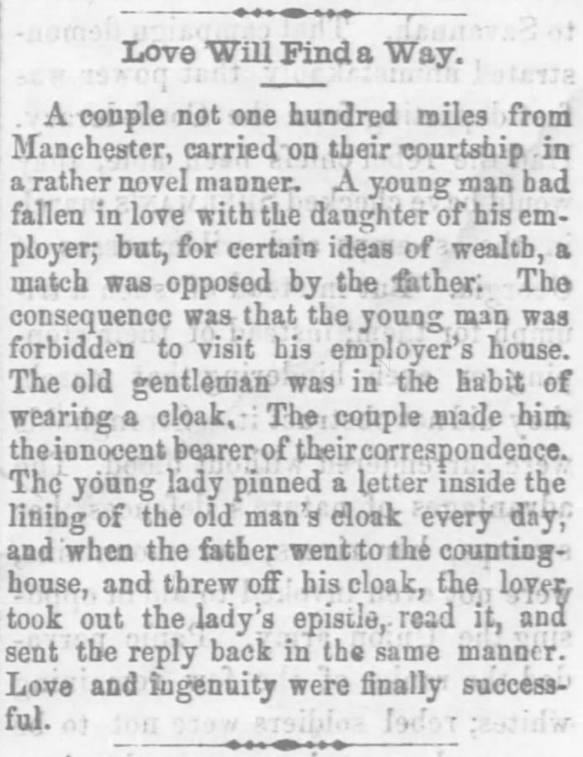
A Correspondence Courtship carried on in secret by hiding love letters in the lining of the girl’s father’s cloak. The beau worked for his lady love’s father. From The Xenia Sentinel of Xenia, Ohio on April 7, 1865.
.
- Sitting in church together.
- Holding hands (for the engaged, seriously courting, fully committed). Maybe on the porch swing, maybe in the parlor with the girl’s mother or father present.
- Combining work with courtship, away from home. If a suitor had little daylight to burn courting, he’d do his best to attend to his lady while accomplishing necessary tasks. And no doubt prove his mettle as a provider and hard worker. Picture the time spent visiting while driving miles into town for a stop at the mercantile. (“Allow me to lift that heavy purchase for you.”). Courtship might not look like an errand to the town blacksmith, yet the young swain would enjoy being seen by competitors at her side.
.

Definition of Swan. source: google
.
- The idea of combining work with courtship isn’t limited to away-from-home outings. It’s easy to believe a young man would be eager to spend time at his lady’s home, working alongside her father and brothers, not only coming to know them, but proving his worth to her family members.
- Kissing, often called “sparking” back in the day. [Note that sparking also simply meant “to engage in courtship”.] Again, the American West was much less fussy about social conduct and limitations than were east coast cities and the southern genteel.
.

I remember the TV episode scene when grown-up Laura’s beau, Manny (Almanzo Wilder) said (essentially, I’m paraphrasing) “Careful! That’s not glass in that ring.” Laura had pulled off his engagement ring in a fit of temper. Yes, true to the Old West life. Engagement and/or wedding rings weren’t uncommon–when they were to be had and money (or barter) was available. Rings often didn’t have a diamond centerpiece and were made of silver or gold (think of the possibilities when the groom owned a silver or gold mine). It wasn’t uncommon for family heirlooms to be passed down, and for a man to present his intended with a ring his mother or grandmother had worn.
P.S. If you’re a fan of Laura Ingalls Wilder and her very handsome husband, Manny, take a look at this article. Almonzo was a real-life hero!
.
Sigh. Courtship is rather romantic, don’t you think?
What are your favorite elements of historic American West Courtship? What ideas do you have that I failed to mention? Please respond and share your thoughts!
.
Related Articles
.

“Masks” worn during courtship, and Victorian-era attitudes about “hiding” oneself vs honesty and full disclosure.
Updated June 2022
Copyright © 2015 Kristin Holt LC


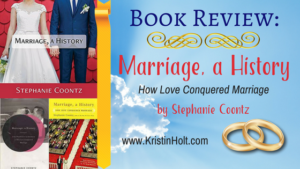







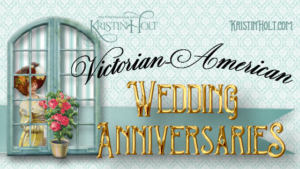


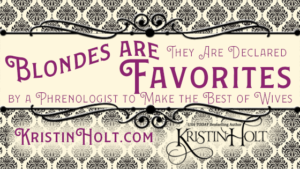



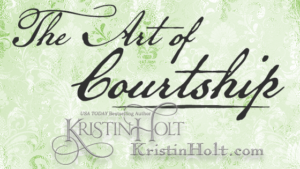


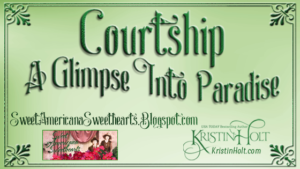

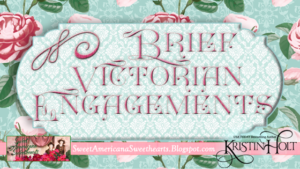

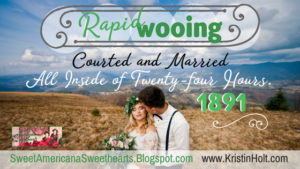


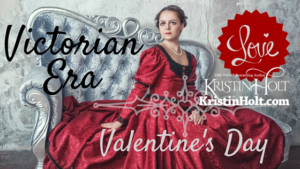
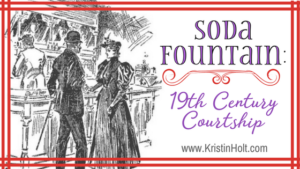







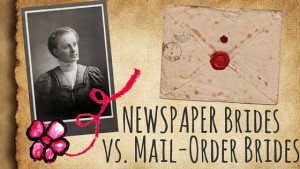
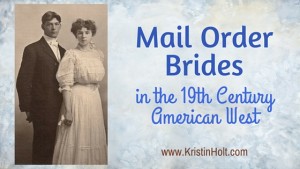
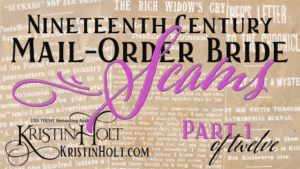

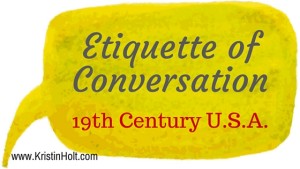

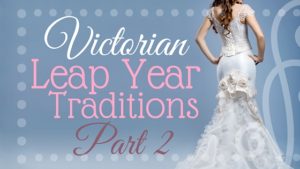






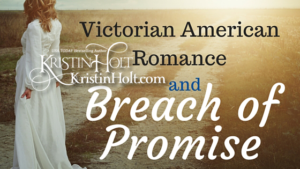






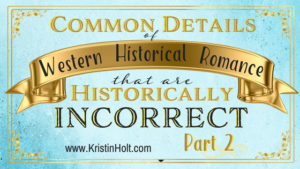






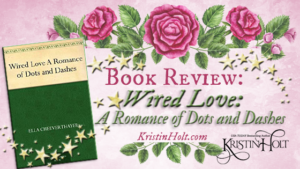


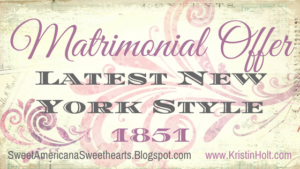








Very interesting blog. So many things to do while courting. Who knew? Thanks for a great blog.
Thank you, Cynthia! Thanks for stopping by.
very thorough and interesting reading on courtship practices in the West. What a difference from how it is today. I think people back then were so hard and long hours physically that the simple acts of spending time together meant so much more to them.Robyn Echols writing as Zina Abbott
Thanks for reading and your feedback, Robyn. I agree! Spending time together must’ve been one of those simple, cherished moments.
Wonderful blog! Thank you, Kristin. I love the simpler times of courtship. I guess that’s why we write historical, right?
I truly believe if we saw more actual “courting” today our society could change. It’s something I truly miss.
Thanks Peggy — I do believe this is indeed why we write historical. A genuine love of the simplicity (and conflict) of yesteryear. Courtship is, in my opinion, supremely romantic.
Thank you, Cindy Jones. I agree: true courtship could do beautiful things for today’s couples (dating, engaged, married, committed). I imagine missing the beauty of courtship is one of the reasons you enjoy reading Western Historical Romance. =)
Love the idea of “Walking out” even after they were married. I was never a Little House fan because I hated the Olsen women so much on the tv show. I couldn’t stand the injustice, and waiting for justice at the end of the episode.
Thanks for the post!
Thanks, Bella. I didn’t much care for the Olsen women, either. I wonder how much truth (comparison to real life people) Nellie and Mrs. Olsen represented, or if the TV episode writers intended their roles just for conflict?